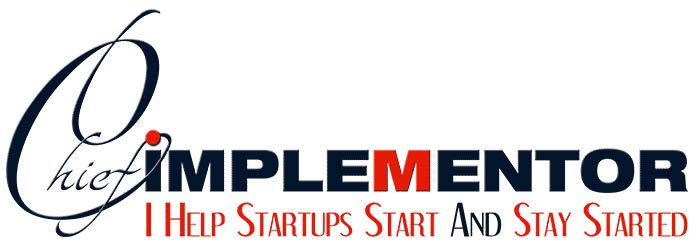How Much Does it Cost?
This is probably the most common question we encounter when selling our product or service. The problem with the question is when it is asked. If the prospect asks too early in the discussion, prior to us discovering the needs, crafting the right solution, demonstrating the benefits, then we can lose the deal before we get started. Eventually the question of cost will come up. What I would like to show you is how to control when you answer the question and give you a higher chance of closing the deal.
The best way to answer the “How much does it cost?” question when it comes too quickly in the discussion is to ask a question back to the prospect. “Right now I’m not sure because we haven’t discussed your needs and desires enough for me to make a good recommendation. In fact, it may be that we don’t have what you really need. So, would it be okay if I asked some more questions in order to be able to find the best solution for you?”
You have asked permission to continue the discussion and by saying that you may not have the solution needed, you have also let the prospect know that you are not going to give them a product that doesn’t work for them.
This is one of the biggest fears people have when making a purchase, especially of a product or service they have never used before. I see this very often with technology products and services. Many times the buyer isn’t sure what they need, how they are going to use it, and if it really is going to help them. Only by asking questions can we help our prospects understand their needs and how our products or services will make their jobs easier.
After you get the okay to continue the discussion, follow-up with some good probing questions to discover what the customer wants to change about their current situation and how they believe your product will fulfill this need.
For example, if we were selling a big screen television, we could ask where the TV was going to be located, how many people would be watching, if they ever had entertainment events at their home where the TV was the center of attention like for the Super Bowl. All of these questions and answers will give you more insight into the usage. Some additional questions could be if the TV was considered a part of the decor or more of a necessary appliance that hopefully fits with the room. Was it going to hang on the wall or be put into an entertainment center?
An additional benefit of asking these types of questions is that you can uncover opportunities. If the prospect talks about how much he enjoys watching movies on the big screen, this opens the door to ask about the sound system. You could offer to provide installation and wiring upgrades to maximize the experience of owning a big screen TV with a movie theater sound system.
Now that you have taken the time to ask all of these questions and gotten the answers, you are ready to have the investment discussion. I recommend making 3 offers which range in price and options based on what you have learned. By doing this you are giving the prospect the ability to stay within their budget while fulfilling their desires for the product. They are the one making the choice giving them power and not feeling that you have pushed a solution on them.
This technique can be used for any product or service and in a face-to-face or a phone conversation. If it is a phone conversation, you will want to offer the 3 options and set a specific time for the prospect to come and see the options for themselves. “Mr. Jones, the three options I think fit your needs the best are Option A for $ 550.00, Option B for $ 650.00 and Option C for $ 800.00. I will set those out for you to look at. Can you come by in the next hour?”
Remember, people don’t like to be sold to but the do appreciate someone who is trying to help solve their problems. Be a problem solver and offer options based on an understanding of the clients needs.
Jody Williams has over 12 years of corporate experience with 3 fortune 100 companies in the industries of banking, energy and telecommunications. He started his business coaching firm to bring his strategic planning and implementation skills to the smaller business owners. He has a desire to help business owners to achieve beyond their wildest imagination and truly create their version of the American Dream.
